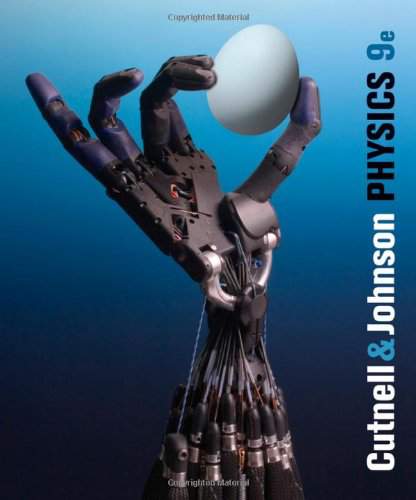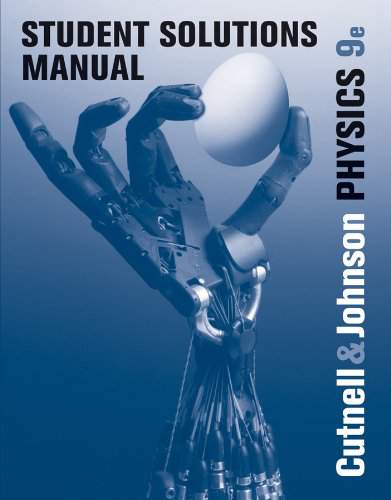Connecting...

This is a quick preview of the lesson. For full access, please Log In or Sign up.
For more information, please see full course syllabus of High School Physics
For more information, please see full course syllabus of High School Physics
High School Physics Energy: Kinetic
Lecture Description
Energy is an extremely important topic in all of physics; it explains so much that goes on in everything from our day-to-day lives as well as how the beginning of the universe could have started. For now, we’ll focus on the fundamentals, starting with what energy is and each of its different types. You can think of energy as a charged battery; once work is done, the batteries supply gets lower and lower. The work that’s done on an object is said to give that object energy (always remember that energy is transferred and/or converted, never destroyed), and the energy of that object is called kinetic energy. After you get a good grasp on the energy of motion, we can move on to the energy of non-moving objects.
Bookmark & Share
Embed
Share this knowledge with your friends!
Copy & Paste this embed code into your website’s HTML
Please ensure that your website editor is in text mode when you paste the code.(In Wordpress, the mode button is on the top right corner.)
×
Since this lesson is not free, only the preview will appear on your website.
- - Allow users to view the embedded video in full-size.
Next Lecture
Previous Lecture















































2 answers
Last reply by:
Thu Apr 16, 2020 8:07 PM
Post by lyqdot on April 16, 2020
Hi great series btw. I was wondering for question two, why don't we treat the whole thing like a system.
Because when you multiply the total kinetic energy of car 1 by two, are you in essence doubling the mass of the system? Also, what if the cars were different weights, what would you multiply then? Or would you just sum up each of the individual kinetic energy. Thanks and sorry for this wordy question.
1 answer
Fri Mar 25, 2016 6:34 PM
Post by Peter Ke on March 12, 2016
For Example 4 at the end, I don't understand the reason why you remove the force that is pushing down including mg. Please explain.
Everything else I understand.
1 answer
Sun Sep 22, 2013 11:28 AM
Post by Emily Engle on September 22, 2013
Why are there two acceleration formulas? (delta v/t=a and F/m=a).
F/m=a seems a ratio. And delta v/t=a seems to be a rate.
1 answer
Tue Sep 10, 2013 9:20 AM
Post by Emily Engle on September 10, 2013
In the kinetic energy formula does the v equal speed or velocity? If it is speed, why do we write a v?
1 answer
Sun Jul 28, 2013 9:23 PM
Post by KyungYeop Kim on July 27, 2013
I don't understand.. Could you explain why the frictional force is Friction Constant x Normal Force when calculating work done by the frictional force? (34 minute) I know F=MxA or 1/2xmxv2, but am confused about why it's normal force x friction constant.
Thank you
2 answers
Last reply by: Goutam Das
Fri May 31, 2013 11:53 AM
Post by Goutam Das on May 28, 2013
According to the formula : E=mc^2, energy can be created from mass. Does the formula violate conservation of energy rule?
1 answer
Tue May 7, 2013 2:22 PM
Post by kamal alamrousi on May 6, 2013
can't we use the kinematic equation in example 3 ?
thanx
2 answers
Last reply by: Tanveer Sehgal
Wed Nov 21, 2012 11:01 AM
Post by Tanveer Sehgal on November 21, 2012
Hey,
In example 4, the object has a force of 76.6N in the positive direction. We calculate the work based on this and the kinetic friction. But to move, does the object need to overcome static friction first? So will the object loose 75N to static friction and then have the net force move it?
1 answer
Thu Sep 6, 2012 4:11 PM
Post by michelle daane on May 27, 2012
I'm confused. The math doesn't make sense... If you just double the velocity you don't get the same answer.... So if from the begining they gave us a velocity of 30, we would get a result of 675,000J
You're doing a great job